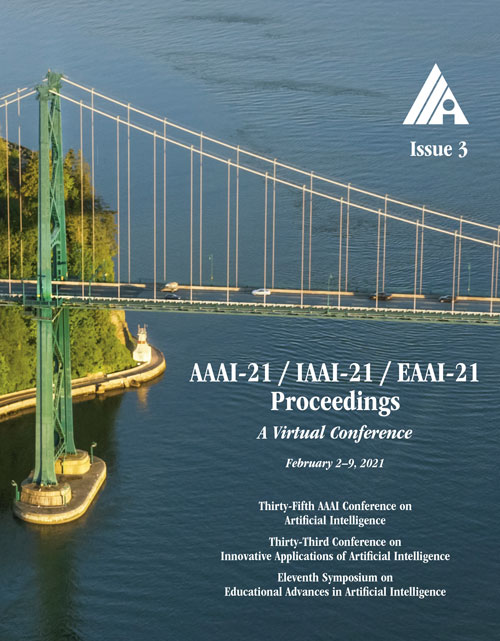Regularizing Attention Networks for Anomaly Detection in Visual Question Answering
DOI:
https://doi.org/10.1609/aaai.v35i3.16279Keywords:
Language and Vision, Calibration & Uncertainty QuantificationAbstract
For stability and reliability of real-world applications, the robustness of DNNs in unimodal tasks has been evaluated. However, few studies consider abnormal situations that a visual question answering (VQA) model might encounter at test time after deployment in the real-world. In this study, we evaluate the robustness of state-of-the-art VQA models to five different anomalies, including worst-case scenarios, the most frequent scenarios, and the current limitation of VQA models. Different from the results in unimodal tasks, the maximum confidence of answers in VQA models cannot detect anomalous inputs, and post-training of the outputs, such as outlier exposure, is ineffective for VQA models. Thus, we propose an attention-based method, which uses confidence of reasoning between input images and questions and shows much more promising results than the previous methods in unimodal tasks. In addition, we show that a maximum entropy regularization of attention networks can significantly improve the attention-based anomaly detection of the VQA models. Thanks to the simplicity, attention-based anomaly detection and the regularization are model-agnostic methods, which can be used for various cross-modal attentions in the state-of-the-art VQA models. The results imply that cross-modal attention in VQA is important to improve not only VQA accuracy, but also the robustness to various anomalies.Downloads
Published
2021-05-18
How to Cite
Lee, D., Cheon, Y., & Han, W.-S. (2021). Regularizing Attention Networks for Anomaly Detection in Visual Question Answering. Proceedings of the AAAI Conference on Artificial Intelligence, 35(3), 1845-1853. https://doi.org/10.1609/aaai.v35i3.16279
Issue
Section
AAAI Technical Track on Computer Vision II

